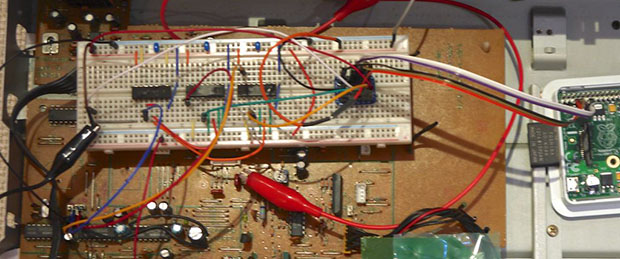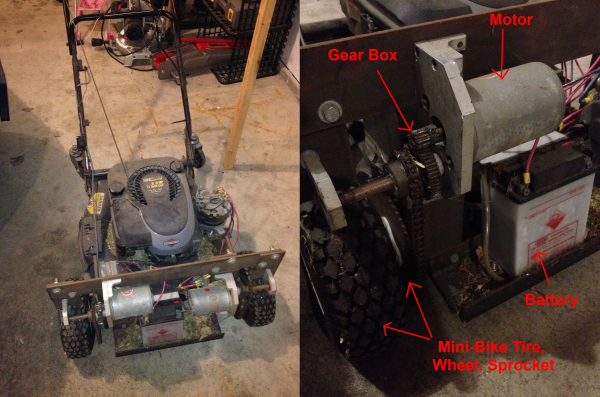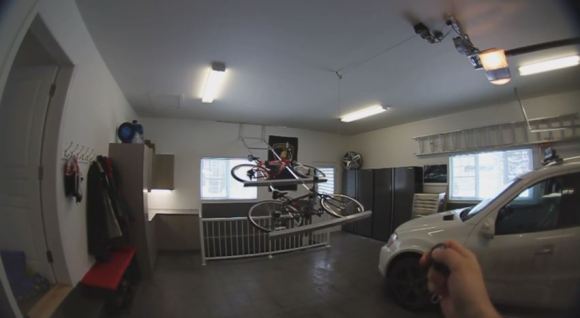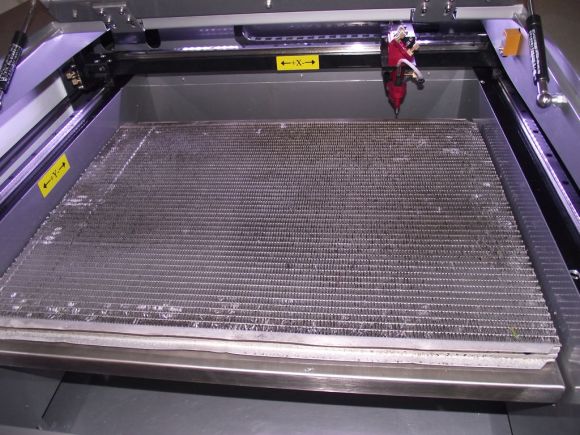
There’s nothing quite like getting an eye full of solder fumes, but when it comes to solder fume extraction, the most common solution take up a whole lot of work area. Here’s a very clever solder fume extractor that doesn’t get in the way, and can be perfectly positioned over the acrid brimstone of a soldering station.
The build consists of a cheap bathroom vent fan built into the back of the workbench feeding into a long PVC pipe that blows the exhaust to the floor a few feet away. The fan is controlled by a simple wall switch, but the intake is where this build really shines. It’s a series of hard, flexible plastic segments that allow the intake to be precisely oriented above the work piece, or wherever it’s most convienent to suck solder fumes from.
This solder fume extractor is just a part of a really amazing electronics workbench. A lot of thought went into this workspace, from threaded inserts in the work surface to mount a panavise to an amazingly thoughtful equipment rack for computers, monitors, and other assorted heavy equipment.
via Hacked Gadgets
















